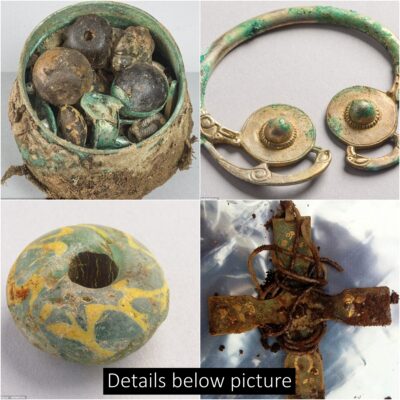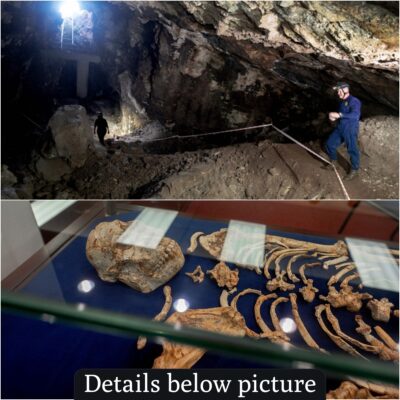Italian archaeologists digging in Pompeii uncovered a 2,000-year-old fresco featuring what looks remarkably like a modern-day pizza– and some believe it might actually be a direct ancestor of the Italian favorite.
The fresco emerged during recent digs at the Regio IX section of Pompeii’s Archeological Park, just down the road from the heart of Naples, where contemporary forms of pizza emerged as a poor-man’s street food sometime around the 16th century.
Preserved in stunning detail by the ash that fell over Pompeii during the eruption of Mt. Vesuvius in 79 AD, the fresco depicts a silver platter filled with fruit, spice leaves, a goblet of wine, and the unmistakable shape of a round piece of dough coated in a reddish sauce, toppings, all ringed in a border of crust.

“It’s an image that obviously to the modern viewer immediately brings to mind a pizza since we are near Naples,” said Pompeii Archaeological Park director Gabriel Zuchtriegel.
“Obviously, it’s not a pizza. But perhaps it could have been a distant ancestor of this food.”

The ancient fresco depicted what many thought looked exactly like a modern day pizza. Experts said otherwise.

Archeologists digging in the Regio IX section of Pompeii’s Archeological Park. The fresco was found on the wall of a house that was buried during the eruption of Mt. Vesuvius in 79 ADParco Archeologico di Pompei pre/AFP via Getty Images
Forms of pizza — flat breads flavored with toppings — have been around since at least the Neolithic Age when the dough would have been baked in the open on hot stones. Since those Stone Age days, the dish appeared in civilizations from ancient Egypt to China, and also in the Roman Empire.
“How can we fail to think, in this regard, of pizza, which was also born as a ‘poor’ dish of southern Italy, which has now conquered the world and is also served in starred restaurants,” Zuchtriegel said.
The fresco’s resemblance to a pizza and its proximity to Naples led some to speculate it may indeed be an ancient tomato pie, including the Italian culture ministry which said it “may be a distant ancestor of the modern dish.”
However, archaeologists noted that the key ingredients in modern pizza — tomatoes and mozzarella — didn’t arrive in Italy until sometime around the 1500s, and that therefore, technically, the Pompeii fresco couldn’t depict an actual pizza.

The fresco was found preserved in stunning detail, and archeologists believe it was painted about 2,000 years agoParco Archeologico di Pompei pre/AFP via Getty Images





